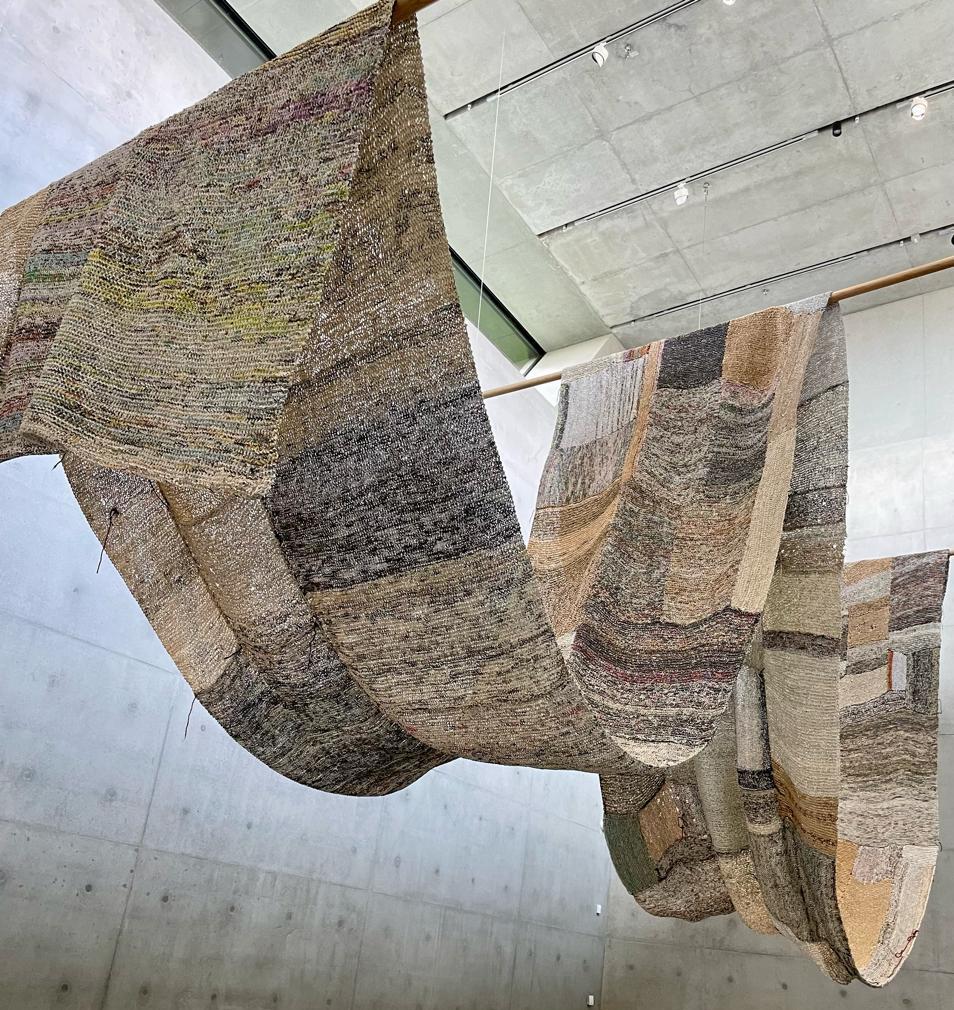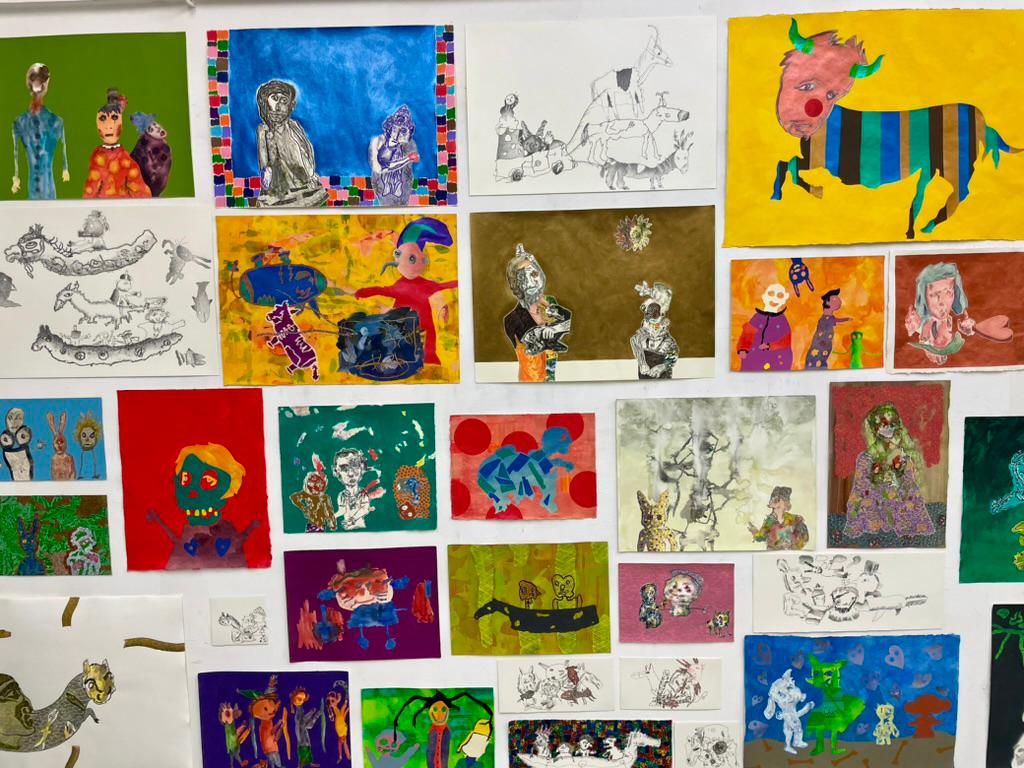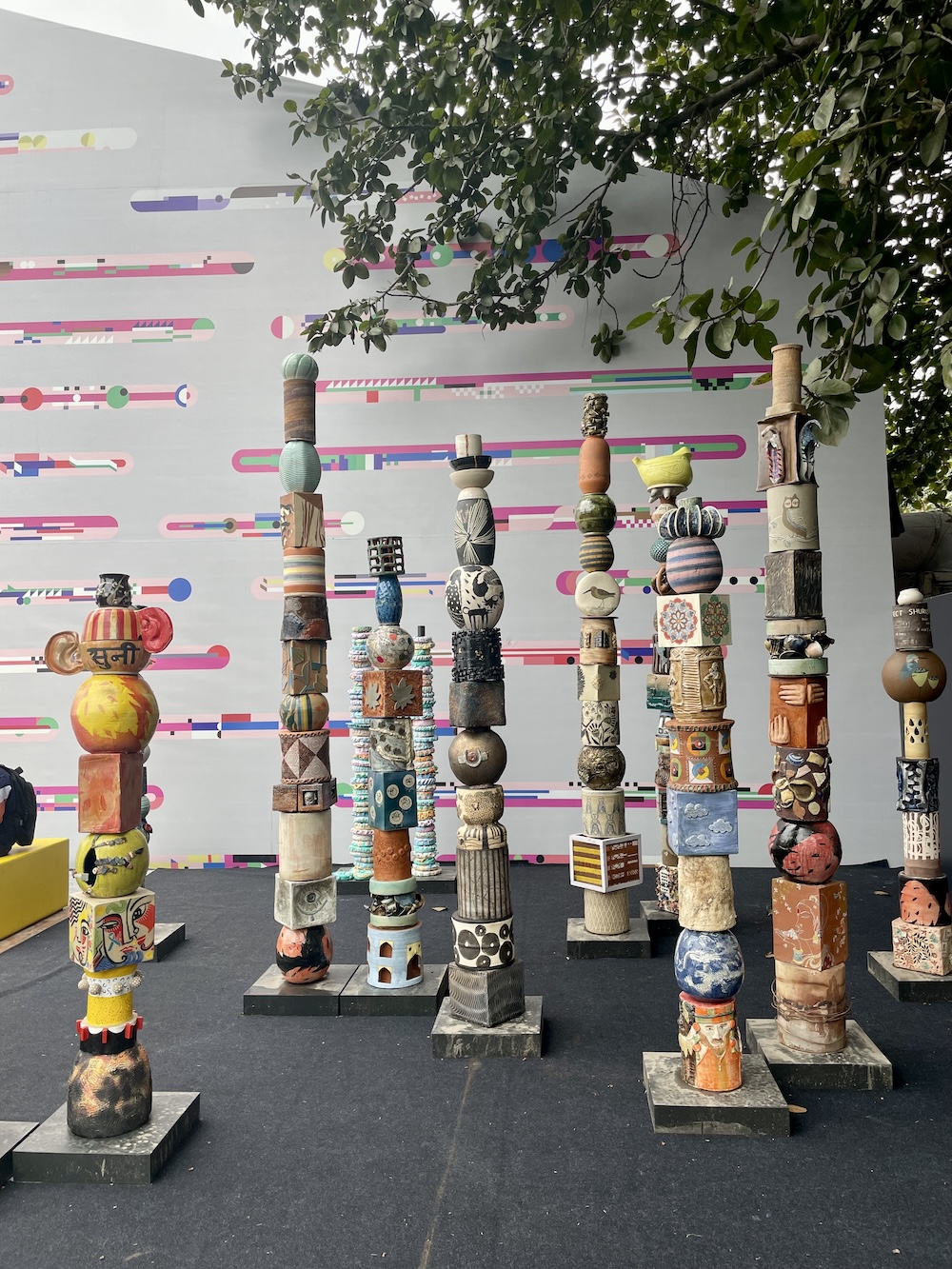In recent years, the market for digital art has been closely associated with the rise of Non-Fungible Tokens (NFTs). Now that this trend has decelerated and the speculation surrounding digital tokens has substantially slowed down, it may be time to take another look at this genre of art. In this blog post, we will explore three recent developments that could shape the future of digital art in the coming years.
Upon entering the Lenbachhaus’s Kunstbau—an exhibition space constructed within a subway station—reveals a portal to another world. The artist Ciao Fei has created a sort of Metaworld, radiant with rainbow colors, where larger-than-life inflatable octopuses sit alongside futuristic badminton courts. On large screens, documentaries and recorded sessions from the artist’s adventures in Second Life—a popular virtual world where people gathered in the past decade—are displayed. This is accompanied by the display of decidedly analog artifacts, including a tent outfitted with camping chairs, artificial palm trees, and enormous Matryoshka dolls.
Development #1: Inclusion of Haptic Elements
This setup illustrates Development No. 1: Hybrid Environments. Whereas the digital artworks featured on NFT marketplaces like OpenSea were purely digital, providing no tangible connection to the analog world, exhibitions of digital art now bridge this gap. They populate the space with objects representing both digital and physical realities. For collectors, this could mean that digital artworks might include an analog component, similar to an installation, that forms an integral part of the piece. This trend could satisfy many collectors‘ desire for a tactile, haptic element in their collections.
Development #2: Integration in Traditional Art Markets
The exhibition of Ciao Fei highlights another aspect, albeit in a subtler manner: Digital art has secured its place in museums. Previously confined to niche circles within the art world, it is now reaching a broader audience. This shift suggests that more galleries will include digital artists in their programs, and more collectors will gain the confidence to expand their collections with works from this genre. The aesthetics of digital and post-digital art are gradually permeating a market traditionally dominated by a preference for tactile and analog materials. This shift may also appeal to younger collectors with different preferences.
Development #3: Sustainability Concerns
The blockchain technology that powered NFTs required a substantial amount of energy consumption. This added to concerns about a landscape for digital art that does not consider the developments regarding climate change and reduction of energy. Newer approaches take this into consideration and highlight reduced transportation cost for digital images, and strive to use infrastructure and services that are sourced ecologically to decrease the carbon footprint of the work.
As we observe the transformation of digital art, it’s clear that the genre is not just evolving technologically but is also influencing museums’ and collector’s mindsets. The decline in NFT speculation has cleared the way for exploration of digital art’s potential, encouraging artists, galleries, and museums to broaden their programme. Whether it’s through creating immersive hybrid environments, gaining spots in traditional art venues, or addressing pressing environmental concerns, digital art is redefining its role in our contemporary art landscape. These developments promise not only to enrich our aesthetic experiences but also to challenge our understanding of what art can be in the digital age.





